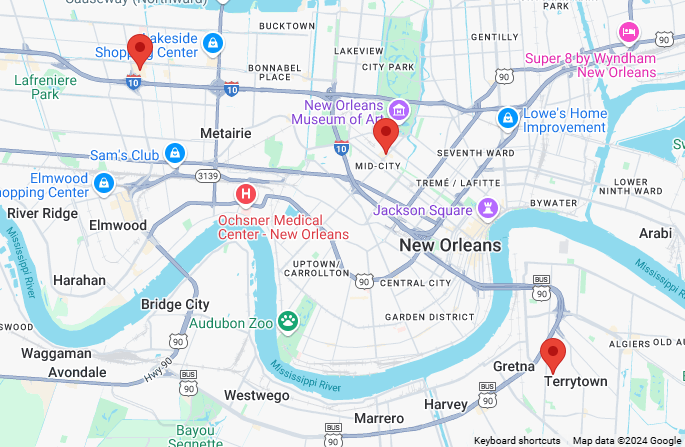Yes, it is possible to elevate an injury too much. Elevation is a technique commonly used to treat many musculoskeletal injuries ranging from foot fractures to tendinitis in your knees. Elevating injuries in your legs or arms can encourage blood flow to inflamed tissue and reduce swelling. The benefits of elevation can make it a
RA
How long can it take for herniated lumbar discs to heal without surgery?
Up to 20 in every 1,000 U.S. adults suffer from herniated lumbar discs every year, and it generally takes up to six weeks for herniated lumbar discs to recover. Lumbar discs refer to the spongy tissue in between vertebrae in the lower back. They serve as cushioning between vertebrae and absorb shock in the spine.
3 potential causes of shoulder pain when moving your arm across your body
We rely on our shoulders for a wide range of movements that we often take for granted. For example, whether you’re reaching over to grab an object on your desk or passing an object to someone sitting next to you, you may not think about the simple act of moving your arm across your body
Is it OK to walk on a sprained ankle?
If you’ve just sprained your ankle, you might be wondering if it’s OK to walk on it. The answer that most medical professionals may give you is no. In fact, most experts suggest that immobilizing the foot and limiting weight-bearing activities for up to two weeks is the best course of action for a newly
Why do I keep falling (and what can I do to stop)?
Falling can be very scary and very dangerous. Over 800,000 people are hospitalized every year for a fall-related injury, with many of them injuring their head or hips. It’s even scarier when you don’t know why it’s happening. Tripping as you step up the curb is one thing, but falls that seemingly happen for no
The 3 parts of your spinal anatomy that are likely behind your lower back pain
Lower back pain affects almost 8% of the population worldwide and also is the number one cause of disability in the world. Back pain is frustrating to deal with, especially if it interferes with the activities you partake in daily. It’s also notoriously difficult to pinpoint, making it harder than the average condition to successfully
Everything you should know before signing up for dry needling near you
What exactly is dry needling? Dry needling is a technique that physical therapists use to help reduce pain in muscles that are stiff and sore. The therapist inserts a thin, stainless steel sterile needle directly into the sore muscle. The needle stimulates the muscle and encourages it to spasm, which helps to reduce tension and
Why does my wrist pop when I rotate it?
We rely on our wrists for almost everything. Opening doors, looking at our phone screens and even the task of eating all rely on our ability to turn our wrists. But have you ever heard a clicking or popping sound when you rotate your wrist? The popping sound you hear when you rotate your
Shoulder pain during or after pregnancy? Here are 3 ways PT can help you
Shoulder pain is a more common complaint after pregnancy than you might think. This pain can be the result of repetitive movements, such as feeding your baby, carrying your baby on the same side or placing them over the same shoulder. This can result in muscle tension, pain and a loss of flexibility. Women may
How can physical therapy help a full thickness rotator cuff tear?
Physical therapy can certainly help your full thickness rotator cuff tear. Typically, it’s used to help patients prepare for rotator cuff repair surgery. It can also be an awesome addition to your post-surgery recovery process. Read on to learn more about this condition and how physical therapists can work with you to address it. Why


